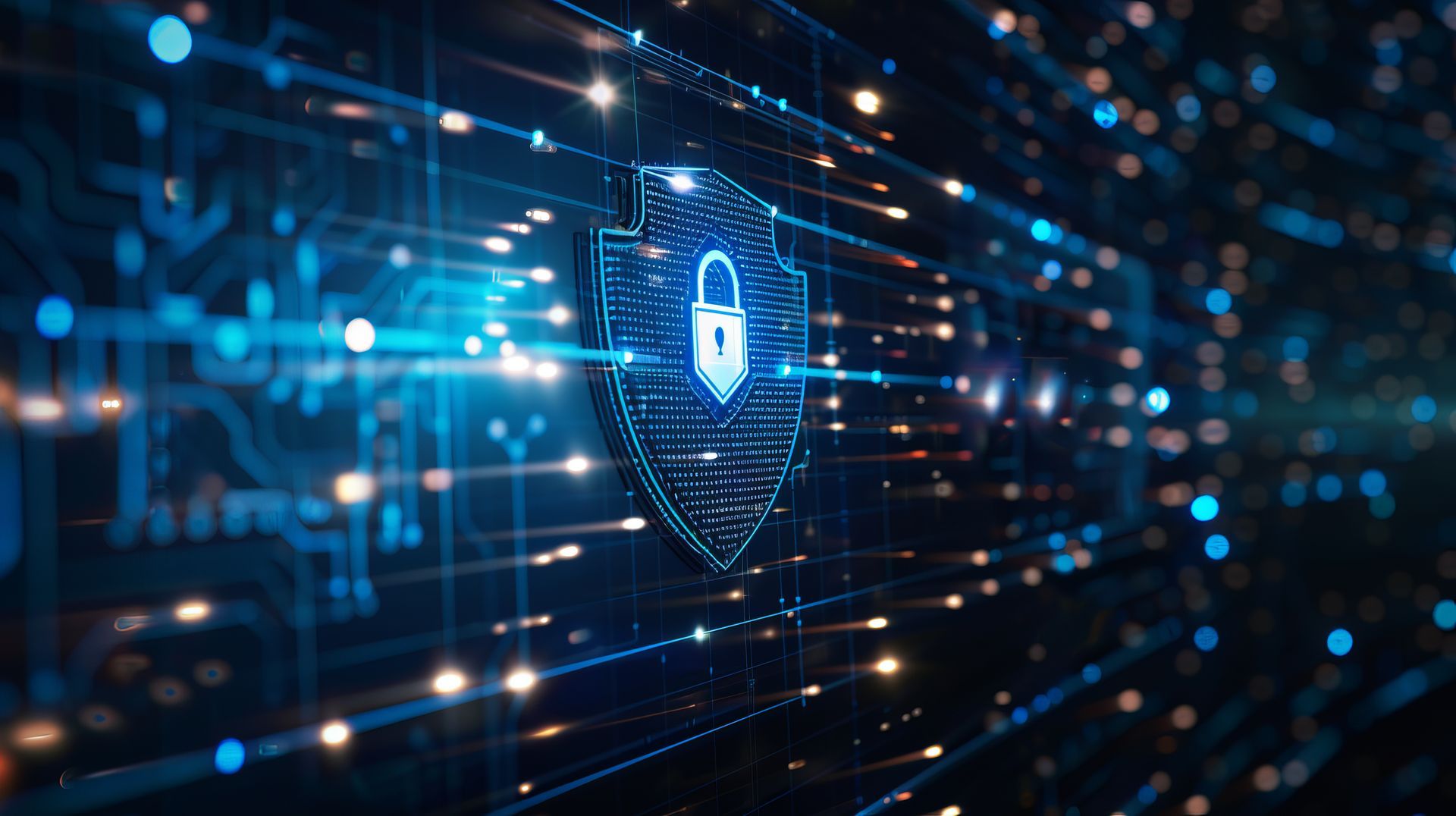What To Expect from the New Google Workspace
For many, their work environment has changed from working offsite in an office to working at home, largely due to the Covid-19 pandemic. Moreover, employees are finding a need for effective collaboration tools now more than ever.
Face-to-face interaction has diminished and teams now have to coordinate and contribute to projects remotely as needed.
This paradigm shift in remote and office work requires new tools that can deliver a seamless experience to employees so they can fulfill the goals of organizations.
With that said, Google is working on developing new apps and tools to make work easier.
What is Google Workspace
Google Workspace, formerly known as G suite was developed to provide an enriching environment for employee collaborations. Google recently announced the rebranding of G-suite to Workspace in order to provide a more integrated collaboration tool for businesses. The switch involves the harmonization of Google cloud tools such as Gmail, Drive, Docs, Sheets and others into one to enhance user’s experience and improve productivity.
Google has long been working on integrating its apps. The incorporation of Google Meet into Gmail is one of the pioneering steps of this approach.
Google Workspace takes this to the next level by allowing users to launch different productivity apps from the same document you are working on without the need of switching tabs.
Workplace is designed to make all their productivity apps more integrated.
Features of Google Workspace
Google Workspace brings together tools for communication and collaboration. These include chat, voice, email, video calling and content management into a single unified platform so you can have easy access to all the resources you need.
Google Workspace allows users to preview documents in the same space they are currently working.
Another innovative option is the use of smart chips . With this feature, a contact card will pop up when a user is @mentioned by somebody else in the document. Suggestions to video call, chat, or email your remote colleague will popup in the window. Also, thumbnails of colleagues in a video conferencing session will show on the side of the document being worked on. This gives you the added advantage of picking up on facial expressions and visual cues from co-workers in the same window.
Since a large number of the workforce now work from home instead of together in the office, the Workspace aims to enhance remote and in-office workers’ experience with integrated productivity apps.
This change is powered by Google’s philosophy of creating native-like app experience inside web browsers such as Chrome.
Another advanced feature is that a new app instant can be spawned inside the current window and everybody in the group will have access to them. This means you can create a new sheet from a chat window or make a group video call while working on presentations.
The guest access feature in the new Google Chat and Google Drive allow you to share documents directly and work together with people outside your organization.
Apart from new functions, your familiar workspace app such as Gmail will feature new multicolored icons to signal the change in design.
Workspace is part of Google’s overall strategy to make work inclusive regardless of employees’ location. It comes out at the time that organizations’ environment and culture are changing for a large segment of the workforce.
The Coronavirus Pandemic caused a shift in workplace interactions. For people to succeed in this new reality, they need all the necessary tools to make remote work easier.
Final Thoughts
Google Workspace provides a fully integrated experience that helps employees adjust to the new reality of changing working environments. It helps save time and lets you focus on the most important work while building human connections. It can help your organization face the business challenges of today.
The post What To Expect from the New Google Workspace appeared first on SDTEK | San Diego, CA.



